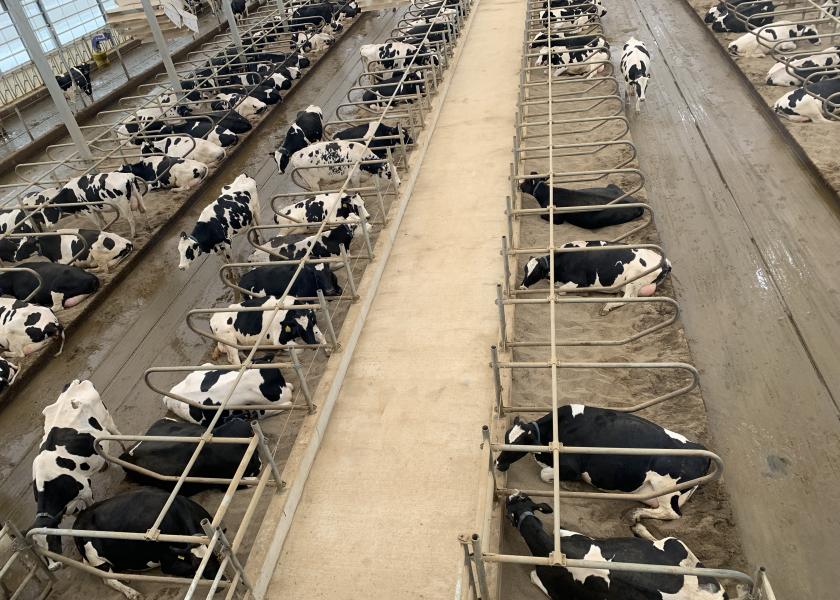Don't Apologize for Biosecurity Measures on Your Farm

When you think of on-farm biosecurity, imagine your farm’s a castle, advises Danelle Bickett-Weddle, DVM, associate direc-tor of the Center for Food Security and Public Health at the Iowa State University College of Veterinary Medicine.
“When we visualize a castle, we think of all the design features that are in place to protect it – an isolated location, a tall exterior fence, and possibly a moat around the whole property,” she says. “That’s the way you need to think about your farm – you are the king or queen, and only you get to decide when and for whom the drawbridge is lowered.
”Iowa is no stranger to trade-limiting animal disease events, having just navigated and contained an outbreak of Highly Pathogenic Avian Influenza (HPAI) in poultry less than 5 years ago. Like foot and mouth disease (FMD) would if it was introduced, HPAI required containment efforts to halt the spread of the disease in Iowa.
Bickett-Weddle says that if FMD was confirmed on a livestock farm anywhere in the U.S., all animal movement nationally would be halted entirely for a minimum of 72 hours. In Iowa, feed and milk truck movement could also be severely restricted. After the initial 72 hours, movement in and out of the livestock farms in a several mile zone around the FMD-positive farm could resume, but only on a permit basis until the outbreak was resolved.
“If that happened to you, imagine the stress you would be under as it played out,” notes Bickett-Weddle. “That’s why it’s so important to have a plan in place ahead of time.
”Meeting with your veterinarian is an important first step in developing a biosecurity plan. One of the hallmarks of such a plan is a single, managed entry onto and off of the farm. Give consideration to all of the vehicles and people who regularly enter and leave your farm – employees, veterinarians, feed trucks, milk trucks, manure spreaders, livestock trailers, AI reps, propane and fuel trucks, UPS and FedEx trucks, rendering trucks and more.
How can you best manage these movements and the accompanying contamination potential of vehicles, animals and people? Some ideas include:
> Identify a biosecurity manager who enforces the biosecurity plan.
> Set up a record-keeping system for animals that move on and off the farm.
> Know who is entering the farm by requiring feed deliveries and others to be recorded using a delivery log.
> Provide and require protective, disposable clothing and boots to visitors entering your operation. Encourage employees and others with regular animal contact to have farm-dedicated clothing and footwear.
> Secure a Premises Identification Number (PIN) from your State Animal Health Official for every site where you have livestock. Movement permits in quarantine situations will not be issued without a PIN.
A comprehensive collection of resources for developing a dairy farm enhanced biosecurity plan is available on the USDA’s Secure Milk Supply website. Included are tools for biosecurity training and printable farm signs, along with practical tips for protecting the dairy herd.
Bickett-Weddle points out excellent biosecurity can protect your herd from harmful diseases like BVD and salmonella, as well as catastrophic ones like FMD. And in the event of a serious outbreak, a “clean” herd may benefit economically, because it will be able to sell product when others cannot.
Once a biosecurity plan is in place, enforce it. “The truth is, biosecurity is inconvenient for people,” she says. “But it’s also highly necessary.”
Related Content:







